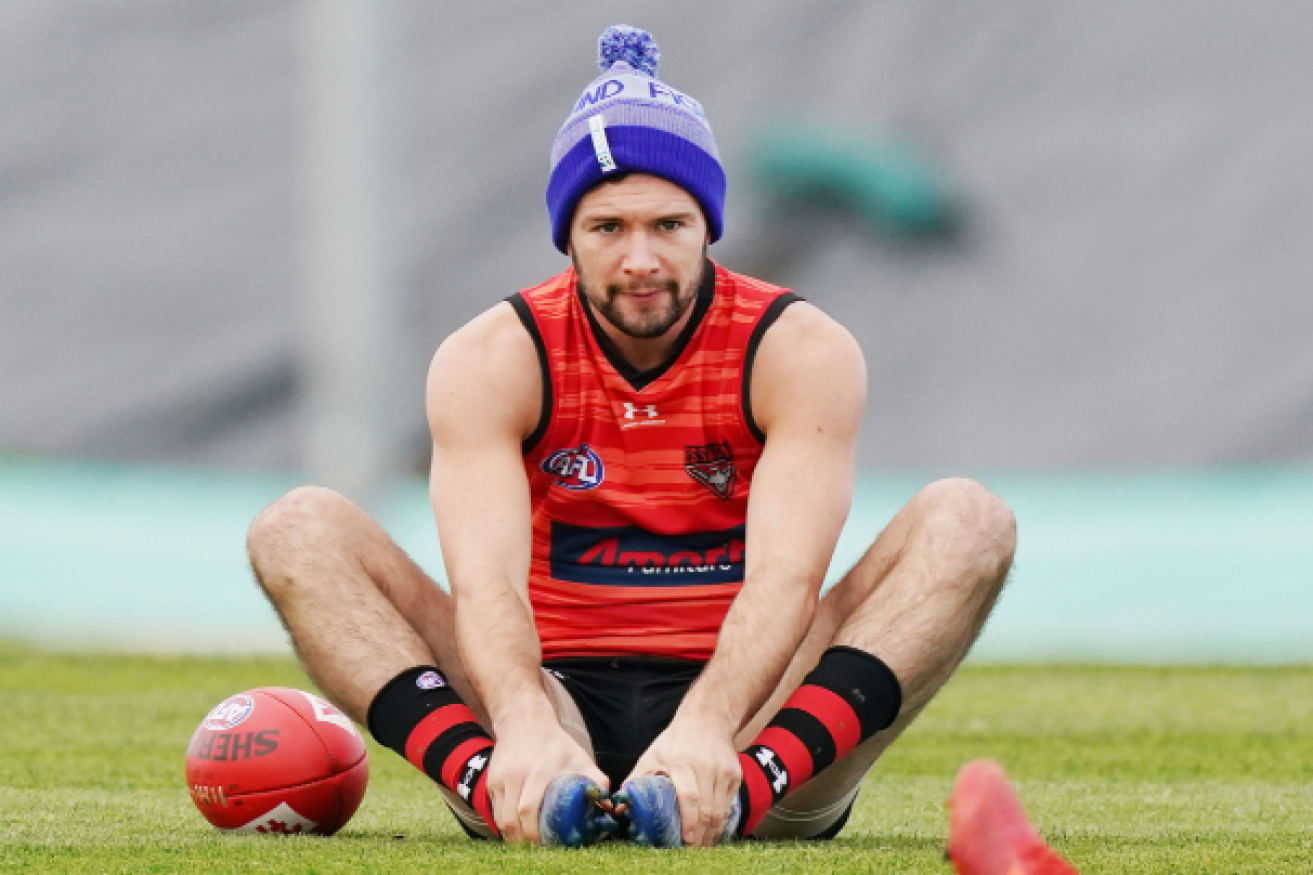Coronavirus false-positive test results rare, experts say, so how does it go wrong?

Conor McKenna twice tested negative for COVID-19 after his positive test. Photo: AAP
Is it the tale of the false negative – or the false positive?
Or both?
Essendon footballer Conor McKenna, who tested positive to COVID-19 last week, became a household name overnight and forced the cancellation of an AFL football match – swiftly putting the whole season into a state of flux.
Days later, the test turned out to be negative, and negative a second time on Thursday.
So how exactly could that happen?
And how common are tests that later turn out to be wrong?
Let’s start with the basics
During testing for COVID-19, health workers take a sample from the nose (snot) or back of the throat (saliva) to see if the virus is present.
It looks for the genetic material of the virus, known as RNA.

There have been almost 2.5 million COVID-19 tests completed across Australia since January 22. Photo: ABC News
The test needs a minimum amount of RNA present for it to get a positive result.
Scientists could adjust the test to find smaller amounts of the virus RNA, but that would increase the chance of a positive result where the virus wasn’t actually present.
So if it is that simple, how do false positives occur – that is, people not carrying the COVID-19 virus getting test results indicating a positive result?
“These tests are really sensitive so if there is a little bit of carryover from DNA produced in a previous test to the new test, then that could produce a positive result that’s actually not meant to be there,” Professor Mackay said.
He said laboratories across Australia were doing record numbers of tests, so it was possible that a positive result from a previous sample could contaminate another sample.
“It doesn’t happen in good labs that have good processes,” he said.
If a sample was taken too soon after someone was exposed to COVID-19, there may not be enough of the virus in the nose or throat to be detected.
“Or it could be that it’s quite late in the disease so there is not much of the virus left,” Professor Mackay said.
Carrying ‘traces’ of COVID-19
There’s another small group of people who might be carrying traces of the virus in their system months after having the illness – or those carrying without knowing they actually had the illness.
“Someone has had the infection, so we detect the RNA (genetic material of the virus) but clinically, they are well,” UNSW virologist Professor Bill Rawlinson said.
“Then they are not infectious, they can’t transmit and they may have been infected three or four months before.”
Experts stressed Australians should be confident that COVID-19 test results were accurate, particularly with the low level of community transmission.
“When we are only getting a dozen or so positive tests, they tend to look at those results more scrupulously and that’s what we are doing in Australia (right now),” Professor Mackay said.
A less likely reason for a false positive test is contamination when the COVID-19 sample is collected.
Professor Rawlinson said contamination during a sample was relatively uncommon.
“Our lab and other labs are doing thousands and thousands of tests every day and we are only seeing a couple of false positives,” he said.
“It’s really a rare event.”
Advances in testing technology also meant samples were less likely to be contaminated in the lab.
What’s known as a P-C-R test can now be done without having to open up the sample and exposing it to any genetic material that might be present.
“Our labs are good, and have good processes, so you won’t see many false positives,” Professor Mackay said.
“We are doing really well.”








